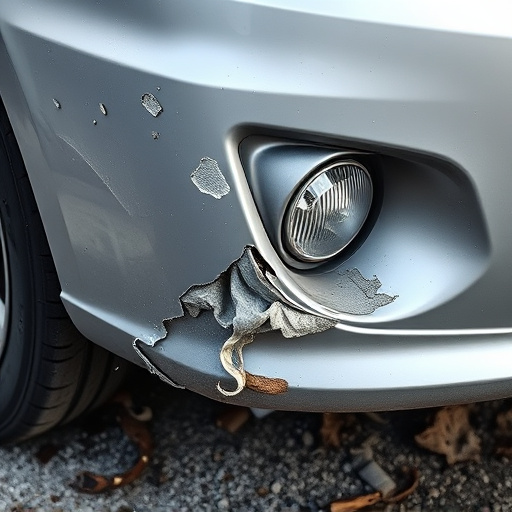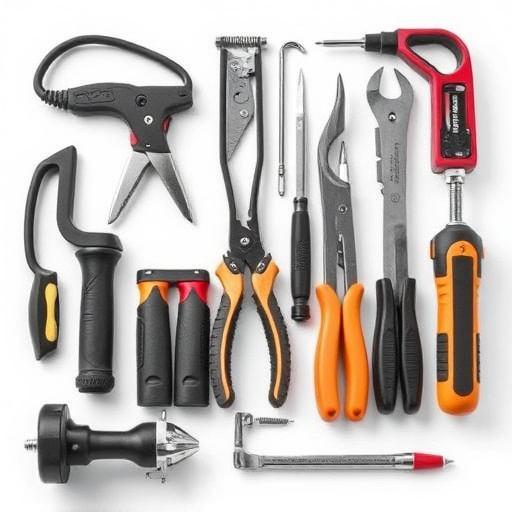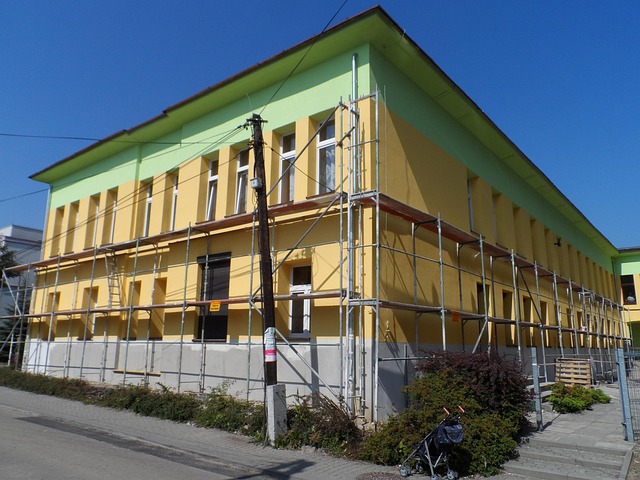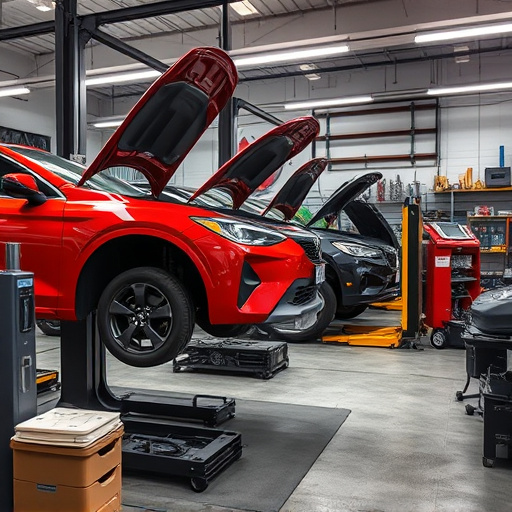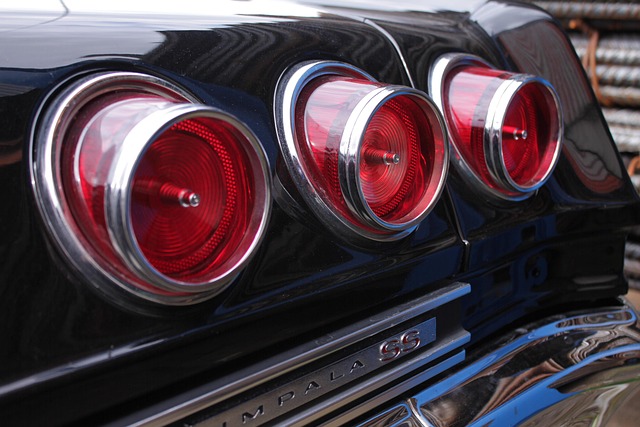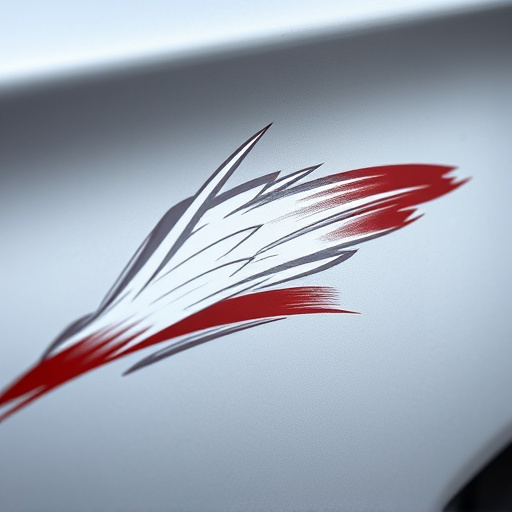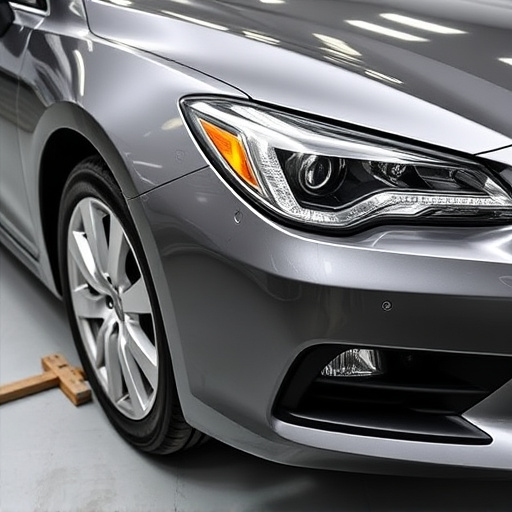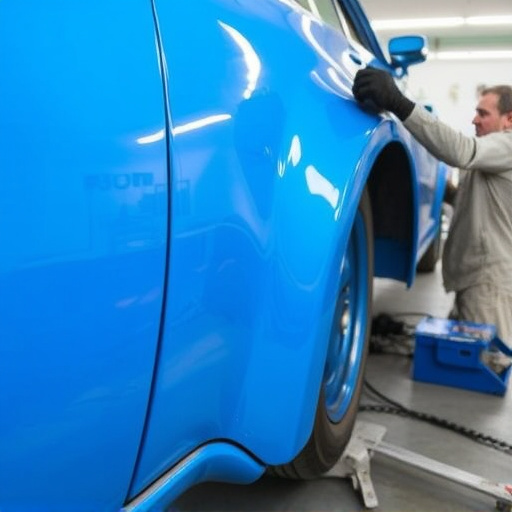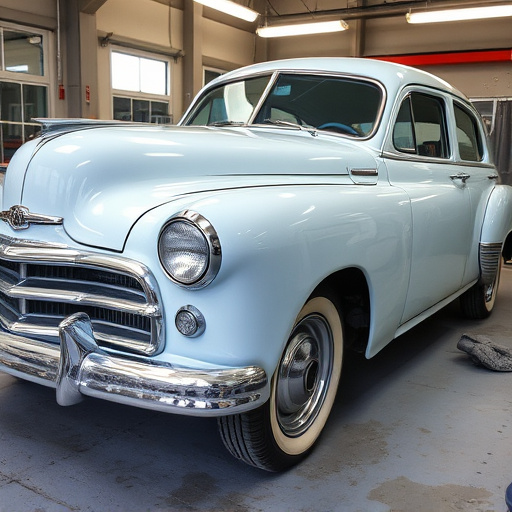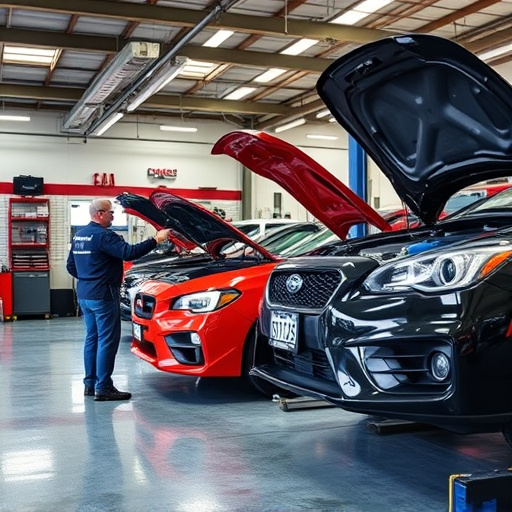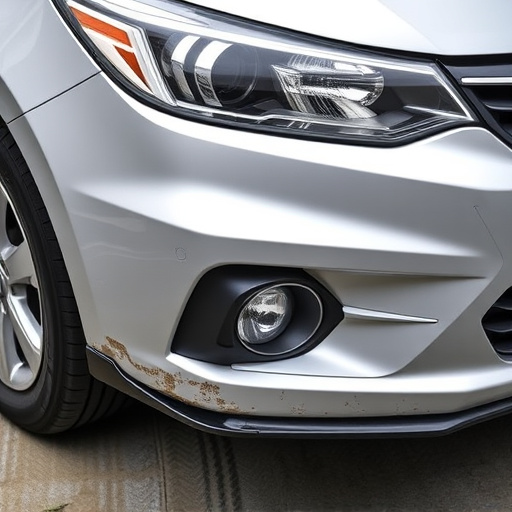Advanced technologies like CAD software, 3D scanning, and laser measurement devices have revolutionized local collision repair. These tools enhance precision and efficiency in vehicle repairs, from creating digital blueprints to capturing component geometry and providing exact dimensions. AI algorithms process detailed images for microscopic imperfection detection, ensuring accurate evaluations of collision damage. Specialized software with historical vehicle model data aids in complex bumper jobs. Digital imaging and 3D scanning streamline processes, reducing turnaround times while maintaining quality standards, boosting customer satisfaction.
In today’s digital age, technology is transforming local collision repair services, enhancing accuracy and efficiency. Advanced tools, data-driven analysis, and streamlined processes are revolutionizing how damage is assessed and repaired. This article explores these innovations, from precise measuring instruments to sophisticated software, which collectively unlock unprecedented levels of accuracy in local collision repair. By embracing these technological advancements, shops can deliver high-quality results faster, meeting customer expectations in a competitive market.
- Advanced Tools: Unlocking Precision in Local Collision Repair
- Data-Driven Analysis for Accurate Damage Assessment
- Streamlined Processes: Efficiency Meets Quality Control
Advanced Tools: Unlocking Precision in Local Collision Repair
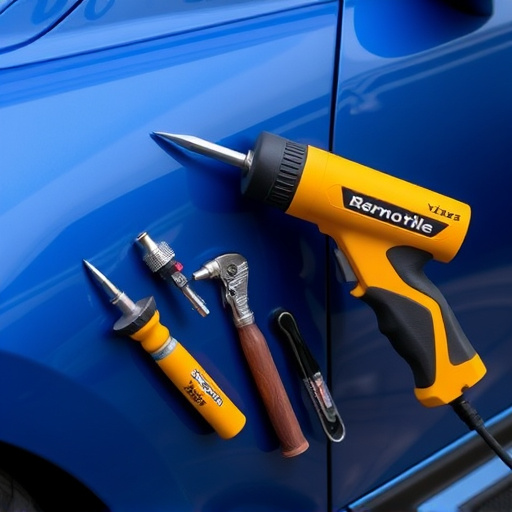
Advanced Tools: Unlocking Precision in Local Collision Repair
In today’s digital era, local collision repair shops are benefiting from innovative technologies that revolutionize the way they work. Among the most significant advancements are sophisticated tools designed to enhance precision and efficiency. These include computer-aided design (CAD) software, 3D scanning systems, and laser measurement devices. CAD programs enable technicians to create detailed digital blueprints of damaged vehicles, facilitating precise measurements and ensuring accurate repairs.
3D scanners capture intricate details of vehicle components, allowing for a deeper understanding of their geometry. This technology is particularly valuable in complex classic car restoration projects, where every curve and contour must be meticulously replicated. Laser measurement devices provide exact dimensions, further refining the repair process. By leveraging these advanced tools, local collision repair services can achieve unparalleled accuracy, ensuring that vehicles return to their pre-accident condition or even surpassing original specifications in some cases.
Data-Driven Analysis for Accurate Damage Assessment
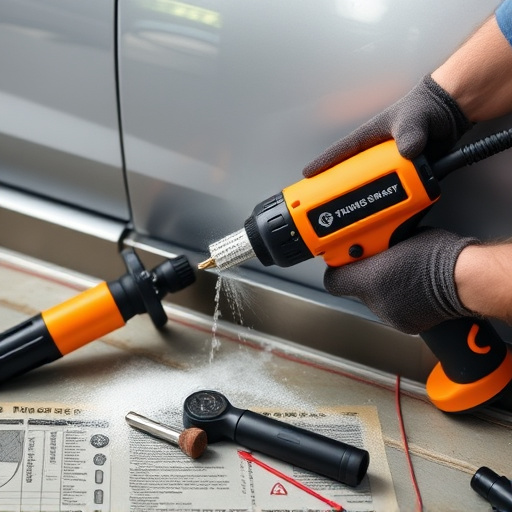
In the realm of local collision repair, technology has revolutionized damage assessment processes through data-driven analysis. Modern car repair shops now employ advanced digital tools to meticulously scrutinize collision damage, ensuring precise repairs. By capturing detailed images and gathering sensor data, artificial intelligence algorithms can identify even microscopic imperfections on a vehicle’s surface, including dents, scratches, and cracks. This systematic approach allows for an accurate evaluation of the extent of the collision damage, enabling technicians to provide reliable estimates and efficient service.
The integration of data-driven analysis in local collision repair has proven invaluable, especially when it comes to complex bumper repairs. With the help of specialized software, car repair shops can now access extensive databases that offer historical information on various vehicle models, including their specific design nuances. This knowledge enables technicians to make informed decisions during the repair process, ensuring that every component, from panels to trim, is replaced or fixed with utmost precision. Consequently, customers benefit from high-quality repairs that restore their vehicles’ pre-collision condition.
Streamlined Processes: Efficiency Meets Quality Control
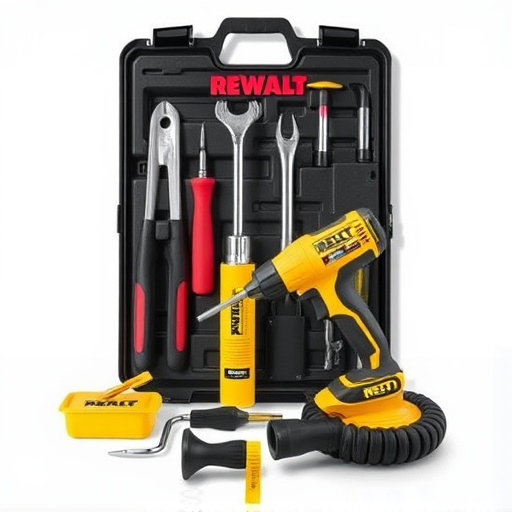
In the realm of local collision repair, technology has revolutionized the way auto body shops operate, seamlessly integrating streamlined processes that boost efficiency while maintaining stringent quality control standards. Modern tools and software solutions enable faster diagnostics, precise measurements, and efficient material management, minimizing errors and maximizing productivity. This, in turn, translates to better turnaround times without compromising on the accuracy and quality of collision repair services.
For instance, digital imaging and 3D scanning technologies play a pivotal role in assessing hail damage repair or auto glass replacement scenarios. These advanced systems capture detailed measurements and images, facilitating accurate repairs and ensuring that every component is replaced or repaired to original specifications. By leveraging such innovations, local collision repair shops can deliver superior results, fostering customer satisfaction and building trust in their services among folks navigating the complexities of accident aftermath.
Technology plays a pivotal role in enhancing the accuracy and efficiency of local collision repair, from advanced tools offering unprecedented precision to data-driven analysis ensuring thorough damage assessment. Streamlined processes further optimize operations, allowing repair shops to deliver high-quality work promptly. By embracing these innovations, local collision repair services can elevate their standards, providing customers with exceptional experiences and safer, more reliable vehicle restorations.
